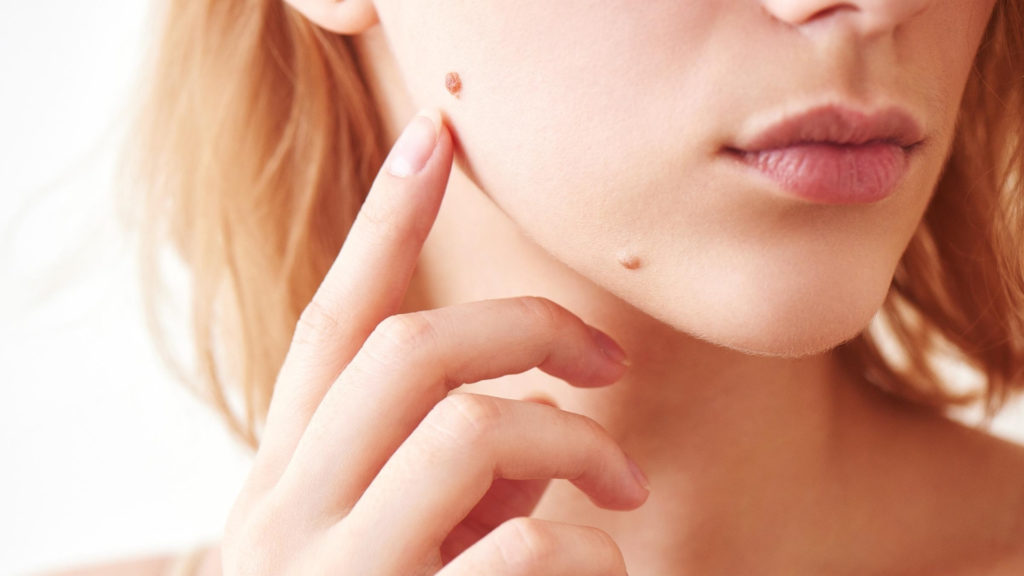Atypical moles, also called Clark’s nevi or dysplastic nevi, are moles that are considered to be more likely to turn into melanoma than regular moles. Melanoma is a deadly form of skin cancer which kills quickly if not removed in time. These precancerous moles appear very similar to melanoma and feature an irregular border, slight variation in color, or asymmetry (if you cut the mole in half, the two halves do not look the same).
About one out of every ten people has at least one or atypical mole that looks different from an ordinary mole. Some people have “atypical mole syndrome” (AMS). These people have more than 100 atypical moles.
Causes
Exposing the skin to sunlight is directly related to the development of atypical moles. In addition, these moles tend to run in families and may be an inherited trait.
Prevention
People who have atypical moles and/or have a family history of melanoma should have a complete skin exam annually. Also, a self-exam of moles should be performed monthly to monitor any changes. Rapidly changing moles should be removed immediately. In addition, sunscreen applied to exposed skin areas reduces the risk of developing atypical moles.
Treatment for Atypical Moles
Atypical moles should be removed immediately if they change color, shape or size over a period of weeks to months or if they bleed or itch. These signs all suggest that an atypical mole may have turned into a melanoma.
If an atypical mole looks like it could be an early melanoma, the doctor will recommend removal as soon as possible. Sometimes the only way to be absolutely sure that an atypical mole is not a melanoma is to have it removed and analyzed. This procedure will leave a permanent scar.
Those who have AMS should see a physician regularly. A physician will probably photograph the moles to ascertain any changes over time.
Contact Us Today
For more expert advice, contact us today to schedule a consultation.

